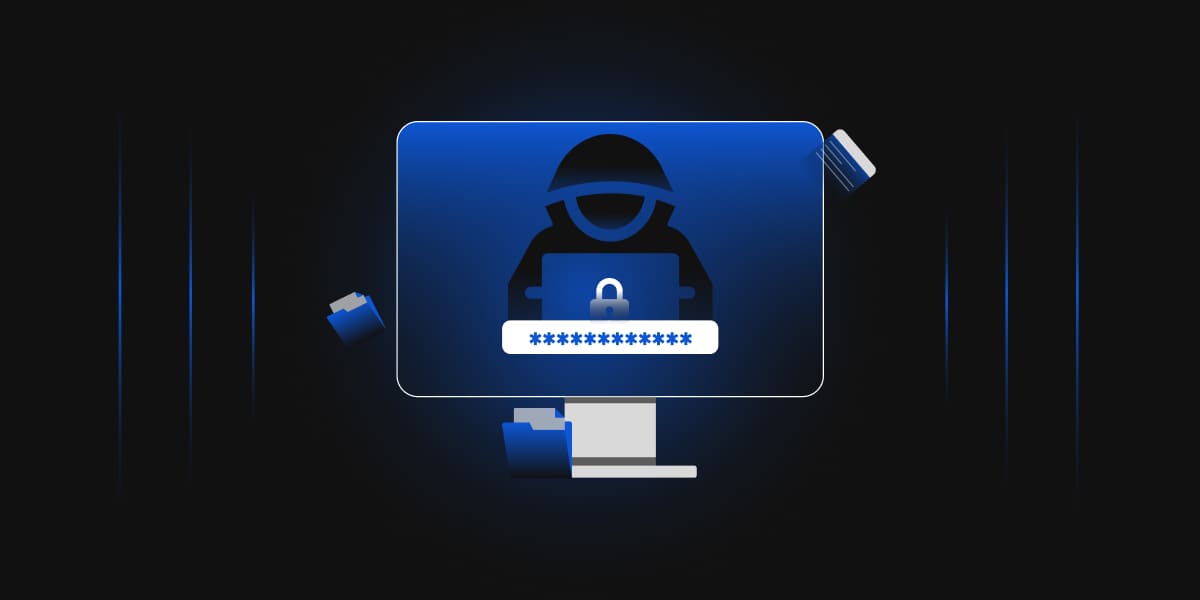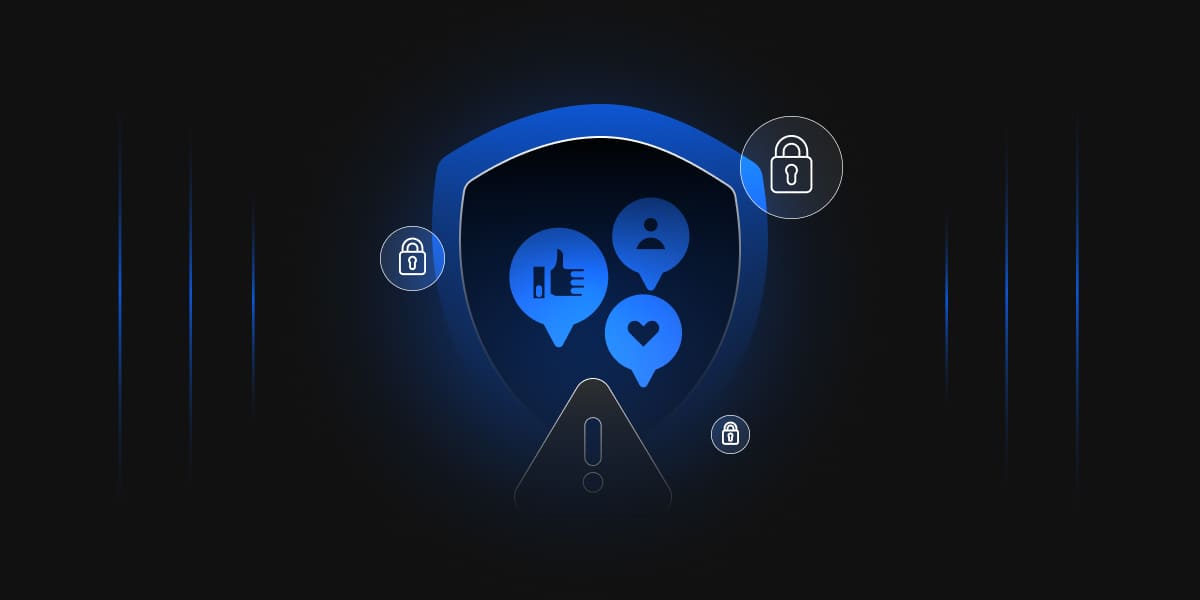Ransomware has emerged as a significant threat in the field of cybersecurity, posing severe risks to individuals and organizations alike. This malicious software holds digital assets hostage, demanding payment in exchange for releasing access to the victim’s data or computer system. The implications of ransomware can be devastating, including the loss of critical data, financial costs, and damage to one’s reputation. It is crucial for individuals and organizations to understand how ransomware attacks work and take proactive steps to prevent and respond to such attacks in today’s digital landscape.
Ransomware Attacks and Their Process
Ransomware attacks typically follow a three-step process: gaining access, encrypting data, and demanding a ransom. The first step, gaining access, can be accomplished through various means such as phishing emails, compromised software, P2P sharing, USB flash drives, and sketchy websites. Phishing emails and click-baiting are common methods employed by threat actors to trick individuals into inadvertently downloading ransomware onto their systems. Additionally, compromised software and peer-to-peer sharing present opportunities for cybercriminals to exploit vulnerabilities and infect systems. USB flash drives, often found misplaced or intentionally placed to infect devices, can also introduce ransomware to a system. Lastly, threat actors create counterfeit websites that closely mimic legitimate brands or organizations, luring users into entering their personal information or downloading malware.
Once the attacker gains access to the target system, they proceed to encrypt valuable information, such as personal details, credit card information, or account credentials, which can fetch them monetary rewards. Modern ransomware employs hybrid encryption schemes, combining symmetric and asymmetric encryption methods to render the victim’s data inaccessible.
After encrypting the data, the threat actors demand a ransom to release the private key required for decryption. Ransoms are typically demanded in cryptocurrencies like Bitcoin or Ethereum, offering a degree of anonymity to the attackers. It is important to note that paying the ransom does not guarantee the release of the private key, and there is no guarantee that the cycle of attacks and ransom demands will cease.
Notable Ransomware Examples and Attacks
Numerous ransomware variants have caused significant damage and financial losses over the years. Some well-known examples include WannaCry, Kronos, Darma, DoppelPaymer, GandCrab, Maze, MedusaLocker, NetWalker, NotPetya, Petya, REvil, TeslaCrypt, and SamSam. These ransomware strains have targeted various individuals, organizations, and even critical infrastructure, leaving a trail of destruction in their wake.
In 2022, notable ransomware attacks occurred against prominent organizations. One such attack targeted Nvidia, the world’s largest semiconductor chip company. The Lapsus$ group claimed responsibility for the attack, stating that they had access to employee information and had seized over 1TB of data. Another significant attack was aimed at Entrust Corporation, a digital security giant. The LockBit ransomware gang carried out the attack and even created a dedicated website displaying a countdown timer for the release of customer data if their demands were not met. Despite the attack, Entrust refused to pay the ransom, leading to a surprising turn of events where LockBit’s data leak site was knocked out by a DDoS attack.
The Role of Encryption Consulting in Ransomware Prevention
To protect against ransomware attacks and strengthen overall cybersecurity, organizations can seek assistance from reputable cybersecurity firms like Encryption Consulting. Encryption Consulting is a leading organization that specializes in data protection, Public Key Infrastructure (PKI), and Hardware Security Modules (HSMs). They offer CodeSign Secure, a comprehensive tool for code signing files, which helps organizations ensure that no malicious code is injected into their files. Code signing mitigates the risks associated with compromised software and downloaded files, enhancing overall security. Encryption Consulting’s expert consultants provide organizations with a roadmap for end-to-end data encryption, empowering them to establish robust security measures and protect their sensitive information in the digital realm.
Conclusion
Ransomware attacks have become increasingly prevalent and costly in today’s digital landscape. The consequences of such attacks, including data breaches and financial losses, can be devastating for individuals and organizations. It is crucial for all internet users to be aware of the mechanisms employed by ransomware and take proactive measures to prevent falling victim to such attacks.
Prevention is key when it comes to ransomware. Implementing robust cybersecurity measures, such as regularly updating software and operating systems, using strong and unique passwords, and employing reputable antivirus and anti-malware software, can significantly reduce the risk of ransomware infections. Additionally, organizations should conduct regular employee training on recognizing and avoiding phishing attempts and other social engineering techniques used by threat actors.
Backups play a crucial role in mitigating the impact of ransomware attacks. Regularly backing up important data and storing backups offline or on separate systems can ensure that, even if a ransomware attack occurs, data can be restored without paying the ransom. It is essential to test the effectiveness of backups regularly to ensure their reliability.
Collaboration and information sharing among individuals, organizations, and cybersecurity professionals are paramount in the fight against ransomware. Staying informed about the latest ransomware trends, vulnerabilities, and prevention strategies can help individuals and organizations stay one step ahead of threat actors. Government agencies, cybersecurity firms, and law enforcement agencies should work together to investigate and disrupt ransomware operations and hold cybercriminals accountable for their actions.
In conclusion, ransomware attacks continue to pose a significant threat to individuals, businesses, and critical infrastructure. Understanding the workings of ransomware and implementing preventive measures are essential to safeguarding valuable data and minimizing the impact of potential attacks. By staying vigilant, investing in robust cybersecurity practices, and leveraging the expertise of reputable organizations like Encryption Consulting, we can collectively mitigate the risks posed by ransomware and create a more secure digital environment for all.




